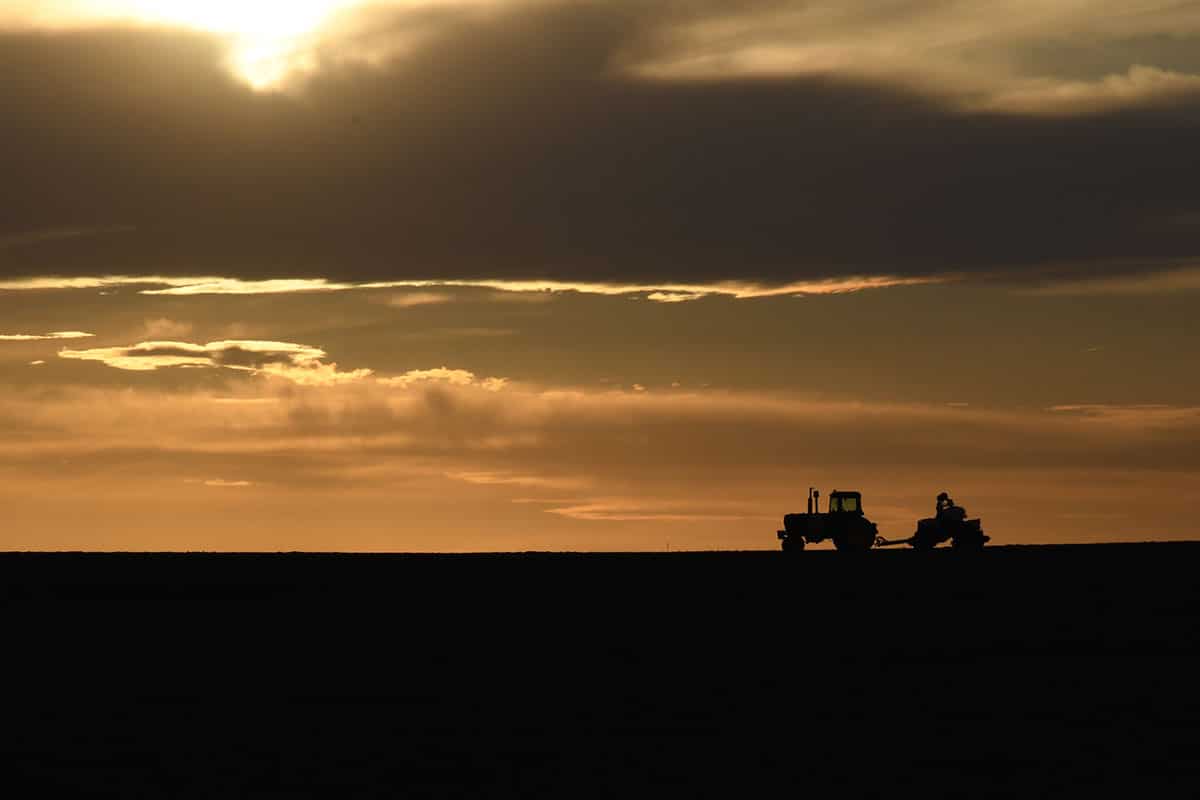Mountain men, the quest for beaver, and the fur trade.
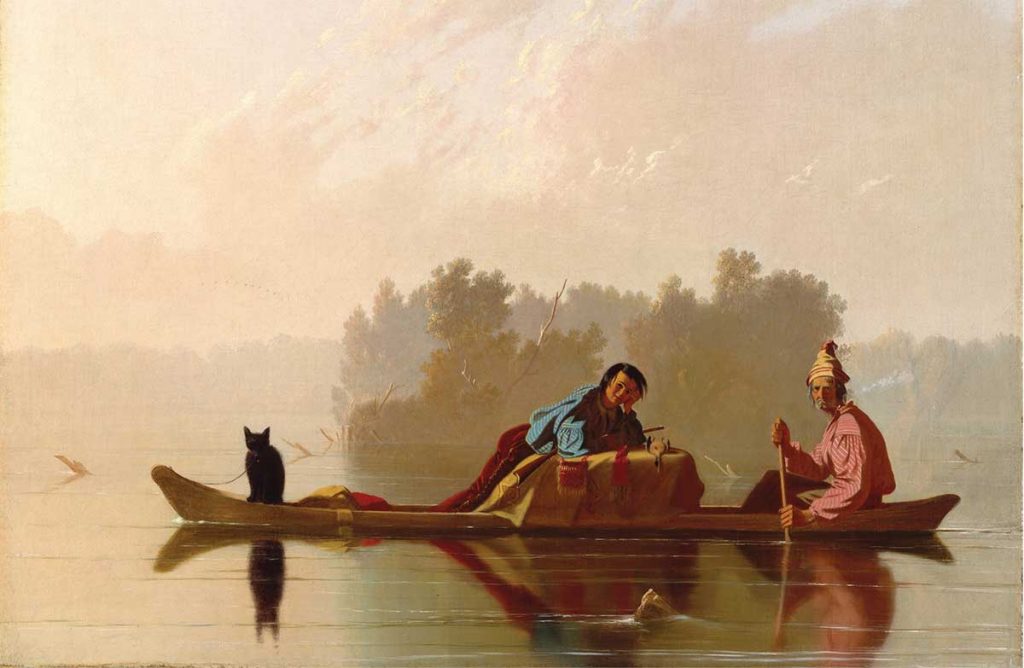
Over the centuries, America’s widely varied natural resources have spurred a number of impressive booms. The discovery of gold in the late 1840s drew countless fortune seekers—and in short order, settlers—to recently acquired California. And only ten years later, a hard rock miner’s silver strike would eventually produce more than $400 million worth of ore in the hills of what would soon become Nevada. But it was neither gold nor silver, copper nor coal, that inspired the new nation’s first and arguably most romantic boom; it was animal fur.
For centuries, various nations—France, England, Spain, Sweden, Russia, and the Netherlands—had been trafficking in North American furs. It was half-jokingly claimed that the logo of England’s long-lived Canadian-based Hudson Bay Company, HBC, actually stood for “Here Before Christ.”
Fur played a vital role in the early Anglo settlements. It was animal pelts, not tobacco, that the early Virginia colonists first exported. The North American fur trade had a tremendous impact on exploration, colonization, and international politics. From the 1600s on, France, Holland, Great Britain, Russia, and the colonies were all involved in the fur trade, and nations competed with one another for territory and tribal alliances. The HBC was the greatest source of competition to the fledgling United States. St. Louis and Missouri played a unique role in the trade, too.
Manuel Lisa and the river to the West
Beaver, whose fur is waterproof, had long driven the global fashion in men’s hats, and as Lewis and Clark confirmed on their dramatic return to St. Louis in late 1806, the Rocky Mountain West was teeming with the flat-tailed, glossy-coated creatures. By this time, overtrapping had compromised the fur trade in the East, and it did not take long for enterprising Eastern entrepreneurs to set their sights on the Far West. They sent expeditions into what the trappers would come to refer to as the “shining mountains.” For the next four decades, men would venture up the Missouri to trap in the streams or trade for beaver pelts—“plews,” as they called them—with the native tribes. And for the duration of the American fur trade, St. Louis, situated at the vital confluence of the Missouri and Mississippi rivers, was the undisputed hub.
For decades, keelboats had poled out of St. Louis to the forts along the river, to trade with such tribes as the Osage, Yankton, Kansas, and Arikara. It was a commercial tradition started by the French and carried on by the Spanish, and finally, the Americans. No one, however, had dared venture into and across the Rockies, until Lewis and Clark’s Corps of Discovery led the way.
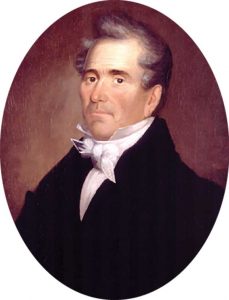
One of the first to realize the potential of the western fur market was an ambitious merchant and adventurer named Manuel Lisa. Born in New Orleans to Spanish parents, Lisa had settled in St. Louis, where he established a successful mercantile operation. Captivated by the idea of garnishing a fortune from trafficking in furs, he began by familiarizing himself with the geography of the Missouri River.
Lisa’s plan for the acquisition of riches from the Rocky Mountain fur trade featured two distinct parts. First, he would continue to trade with the Indians, expanding upon the traditional keelboat river traffic and sending it farther up the Missouri, past hostile tribes, and all the way to the Yellowstone. He built Fort Raymond at the mouth of the Yellowstone, specifically to establish a trading relationship with the powerful Crow tribe. Over the next several years, Lisa himself led thirteen keelboat expeditions all the way to the Yellowstone, covering some twenty-five thousand riverine miles.
Lisa designed the second phase of his plan to ensure that the supply of beaver pelts was always sufficient to meet the demand. He would send, and in some instances, lead, companies, or “brigades,” of trappers inland into the Far West, to trade with such tribes as lived in the region, to explore the uncharted wilderness, and to set their own traps in its streams and rivers.
By this time, overtrapping had compromised the fur trade in the East, and it did not take long for enterprising Eastern entrepreneurs to set their sights on the Far West.
Ever ambitious, Lisa wrote, “I put into my operations great activity. I go a great distance while some are considering whether they will start today or tomorrow. I impose upon myself great privations. Ten months of the year I am in the depths of the forest, at a vast distance from my house.” In 1807, Lisa became the first man to lead an eastern-based trapping and trading expedition out of St. Louis, thousands of miles to the Missouri River’s headwaters and into the wilderness of what is now Montana. Less than two years later, he formally established the St. Louis Missouri Fur Company.
The Mountain Men.
Life was cheap for those who ventured out of St. Louis into the trackless West in search of beaver. Since furs are at their thickest and most lush in the cold months, these trappers, whom history would refer to as “mountain men,” faced the ever-present possibility of starving, freezing, or drowning in the ice-bound Rocky Mountain streams and rivers. And if nature itself spared them, there were always the hostile tribes, chief among which were the Blackfeet. Known to the trappers as “Bug’s Boys” or the “Devil’s Children,” the Blackfeet’s implacable hatred of the Anglo interlopers lasted as long as the fur trade itself.
Novels such as Crow Killer, as well as Hollywood cinematic efforts such as Jeremiah Johnson and The Mountain Men, have portrayed this hearty breed of trappers mainly as rugged individualists, facing the dangers of the wilderness alone. Yet, while some trappers undeniably preferred their own company, there were two salient reasons for traveling in brigades. For one, more men trapping a promising stretch of river or stream meant a greater yield. And given the uncertain and often changeable relations with the various tribes, there was greater safety in numbers. It simply made sense to travel in brigades.
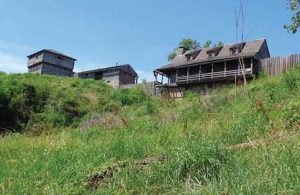
Many trappers—company men—worked for wages. Each was paid roughly $300 to $400 a year, provided with his equipment, food, and a horse, and frequently, a small portion of the selling price of the fur. So-called “free trappers,” on the other hand, were self-employed. Fewer in number, they formed their own bands for protection, and while realizing heftier profits from the pelts, were responsible for providing their own outfits. Fur trade authority James A. Hanson writes in When Skins Were Money, A History of the Fur Trade, “Their outfit was expensive. In the mountains, a horse and a mule might cost $300, a rifle $25, a set of seven traps another $150. An optimal outfit for one trapper would include four horses or mules for transportation. As well he needed saddles, a hatchet, knife, ammunition, cooking gear, blankets, and clothing. All told, few men could afford the $600 or more an outfit would cost.” Considering that $600 in 1820 would be worth around $14,000 in today’s currency, the outlay was tremendous.
Although a trapper’s life was far from romantic, it was well suited to a certain type of man. One brigade leader recorded his observations of the men under his command, “The life of a Trapper in four years makes a young man look sixty. The cold water they are wading in two thirds of the day, added to the cold and often sleeping without a fire and wet to the skin conduces to ruin their constitution. Well do they earn their 10 shillings [around $2.50] per Beaver. A convict is a Gent living at his ease compared to them.”
Nonetheless, he went on, “Still they are happy and amidst all their sufferings and privations if they take Beaver all is well. A roving life pleases them and … it would be viewed more as punishment than as a favor to send them back [to civilization].”
Once a year, beginning in the summer of 1825 and continuing for the next fifteen years, hundreds of trappers and members of the various tribes would convene at a predetermined spot for two weeks of commerce and frolic known as Rendezvous. Here, they would meet the supply caravan from St. Louis, as well as purveyors of clothing, supplies, whiskey, and female companionship. The trappers could sell their pelts, replenish their outfits, and in the parlance of the time, “cut loose the wolf” before returning to the rigors of the trade.
Although they were perfectly willing to trade with the trappers, many Native Americans failed to understand the obsessive quest for beaver pelts. In 1805, a Mandan chief addressed a trader, “White people do not know how to live. They risk their lives on the great waters, among strange nations, who will take them for enemies. What is the use of beaver? Do they make gunpowder of them? Do they preserve them from sickness? Do they serve them beyond the grave?”
Endings.
By the time Manuel Lisa died of illness at age forty-seven in 1819, a series of unfortunate events—a national depression, a devastating warehouse fire, and the economic hardships wrought by the War of 1812, to name a few—had all but put an end to his fur company, as well as his dreams of a personal fortune. He had, however, defined the model for trapping and trading in the Far West, and St. Louis fur companies abounded. Despite the number of distinct corporate operations, they were basically divided into two camps; those founded by men of English or Scots-Irish origin were collectively referred to as the “American Company,” while those established by the Creole descendants of the original French fur traders were generally called the “French Company.” Competition between the two factions was fierce and, at times, quite literally cutthroat.
The herds of bison roaming the West offered the perfect solution. Their hides were tough, and they were easily slaughtered. The fur trade reconfigured itself, as hunters swarmed the plains and foothills in search of the shaggy beasts.
The era of the mountain men and the fur trapping brigades was relatively short-lived, lasting only around forty years. Ultimately, beaver pelts were no longer a part of the equation. In a few short years, concentrated trapping had virtually gutted the St. Louis fur trade, doing to the western beaver population what overtrapping had done earlier in the East. As James Hanson succinctly observes, “Eventually, there were too many trappers and too few beaver.” Owing to the scarcity of beaver, men’s hats were now being made of silk. A man sporting a beaver hat was now considered out of fashion.
While beaver no longer factored in the business models of the mid- to late 1800s, another indigenous creature took its place. America was in the throes of industrializing, and there was a tremendous demand for durable leather belts to drive the nation’s machines and factories. The herds of bison roaming the West offered the perfect solution. Their hides were tough, and they were easily slaughtered. The fur trade reconfigured itself, as hunters swarmed the plains and foothills in search of the shaggy beasts.
As with the beaver, without control of the slaughter, the end was inevitable. Within a decade, the seemingly endless herds—estimates place the number at around ten million—had been reduced to just a handful of animals. The impact on the many tribes that relied on the bison for their survival is incalculable. “By 1890 the American frontier had ceased to exist and the United States had become a net importer of furs instead of being a leading fur exporter,” writes James Hanson.
As conservationist William Temple Hornaday reflected in 1926, “Americans seem utterly unable to conserve for perpetual benefit any particularly valuable form of life.” The world of America’s fur trade, which had long been dominated by the enterprising merchants and entrepreneurs of St. Louis, has become a distant memory.
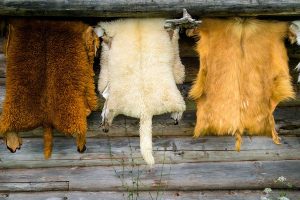
“A trapper loved an Indian maiden.
Away, you rolling river!
With notions his canoe was laden.
Away, we’re bound away,
‘Cross the wide Missouri.”
—Traditional, “Shenandoah”
BOOK LIST
A Life Wild and Perilous: Mountain Men and the Path to the Pacific, Robert M. Utley
Fur, Fortune, and Empire: The Epic History of the Fur Trade in America, Eric Jay Dolin
Manuel Lisa and the Opening of the Missouri Fur Trade, Richard Edward Oglesby
The American Fur Trade of the Far West, 2 volumes, Hiram Martin Chittenden
The Fur Trade on the Upper Missouri, 1840-1865, John E. Sunder
The Mountain Men and the Fur Trade of the Far West, 10 volumes, LeRoy R. Hafen, ed.
When Skins Were Money: A History of the Fur Trade, James A. Hanson
Related Posts
Revitalizing Missouri Downtowns
Here’s how Missourians are working together to revitalize downtowns across the state.
This is Our Missouri
A photo project helps commemorate the bicentennial.



